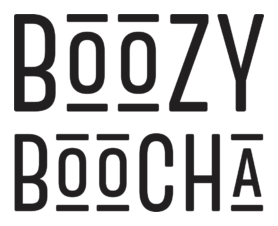Kombucha Ingredients
Kombucha tea is boiled down (pun intended) to four main ingredients: tea, sugar, yeast and bacteria.
Brewers have experimented with different types of tea, but black tends to work best. Black tea leaves are fully oxidized and provide the right balance of nutrients to feed the SCOBY (the symbiotic culture of bacteria and yeast). Some brewers prefer green, white or red tea because they produce more subtle flavours. The drawback on these, however, is that they don’t always have enough nutrients for the SCOBY. Brewers usually end up combining weaker teas with a blend of black tea leaves to get the perfect batch.
Plain old tea is best for making kombucha. Teas like Earl Grey contain added oils and fruits that mess with the fermentation process. Instead, brewers achieve those yummy kombucha flavours by incorporating fruit, herbs and spices after the fermenting process is complete.
Sugar-free bevvies are on the rise, but not for ‘booch! Without sugar, the SCOBY would starve and make kombucha brewing impossible. As brewers pick out their kombucha ingredients, they usually opt for white cane sugar because it’s free of minerals that would otherwise hurt the SCOBY. If you’re brewing at home, skip the Stevia and use real sugar!
The star of the show, the SCOBY, is made up of a special culture of bacteria and yeast. Any yeast will do, but experts recommend the genus Zygosaccharomyces kombuchaensis—yep, it’s a mouthful…of deliciousness, that is! Yeast does the heavy lifting in kombucha, transforming sugar into the acid that gives fermented tea its vinegary flavour.
Speaking of acid, it’s best to throw in something acidic to help the process move along. The best source of acetic acid comes from starter tea, which is a sample of a finished batch. If you don’t have starter tea, a good substitute is distilled white vinegar.


